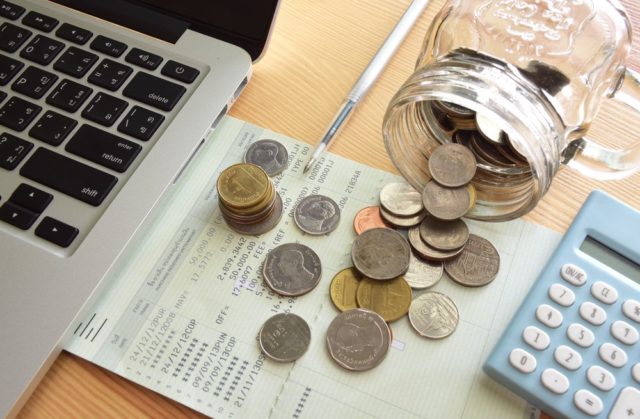
Whether you’re snowed under with bills or floating free, having a personal finance plan is key to setting yourself up for a bright future.
A personal finance plan is an ultimate guide to being able to handle your money without feeling stressed or financially burdened. It can also help you meet financial goals quicker, like buying a house or paying off a student loan.
Let’s take a look at what a personal finance plan should include.
- Set the Right Goals
In your personal finance plan, you’ve got to set the right goals. This includes understanding what you want and planning your financial life out accordingly.
What do you want to have paid off in a year? What do you want your mortgage and student loan to look like in five years?
The main reason to make financial goals is to inspire and encourage. If you can envision tangible, achievable money goals, you can make them happen a lot sooner.
- Track Your Money

Getting a sense of your weekly and even daily cash flow will help you figure out where you can save more, and where your money needs to be going instead.
The better you know your cash flow, the more skilled you’ll be at allocating it correctly.
- Eradicate Toxic Debt
A vital step in any personal finance plan is to get rid of that higher interest debt before anything else. This type of debt will be cutting into your ability to save properly and reach your financial goals faster.
One way to start paying off bad debt is to make use of a title loan. If you have a motorcycle, you can actually take a title loan on it to pay off debt.
This way, you can tackle toxic debt head-on before anything else, and worry about less essential loans further down the track.
- Create and Manage a ‘Moat’
The more you implement the above steps, the more you’re creating a safe hold or ‘moat’ to protect yourself and your family from financial issues further down the road.
With this type of buffer, you’ll be able to eventually put more into your retirement accounts, fluff up your emergency fund and even take out home and life insurance so that if the unexpected happens, you aren’t back to square one with your finances.
Making sure that you’re financially stable starts with a personal finance plan.
Final Thoughts
A personal finance plan isn’t a document that’s set in stone.
It’s designed to be flexible. It’s an ever-changing tool that can be edited and adjusted as you progress financially and the rest of your life evolves.
Before trying to tackle your finances and reduce your debt, start with a personal finance plan. This way, you’ll have a much better idea of what’s ahead.












